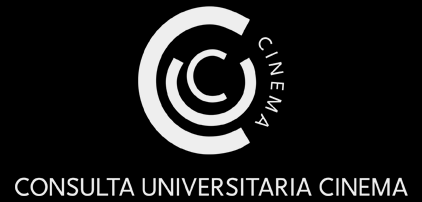Screen media and notably cinema have been linked, in theory as well as in the cultural imagination, with non-conscious and preconscious states, as well as with shifts in consciousness. From the early association of cinema with hypnosis, to the 1950s debate over “subliminal messages” contained in advertising, film and other media, the way media can attune to what rests beneath the level of conscious awareness remains an area of intense popular as well as theoretical fascination. The scholarly study of cinema has addressed and cultivated the relation between the medium and the unconscious – from Benjamin’s association of film with the “optical unconscious” in the 1930s, to the sweeping influence of psychoanalysis on film theory in the 1970s, connecting cinema with the dream state (Metz, Baudry). Despite the so-called “cognitive turn” in the 1980s, which attempted to “demystify” movies (Bodwell, Carroll), mystique persisted, with philosophical and phenomenological inquiries bringing pre-conscious and affective aspects of media experience back to the foreground (Sobchack, Massumi, Shaviro, Hansen, et al). More recently, the influence of embodied cognition perspectives has motivated new research in non-conscious, pre-reflective and unconscious processes involved in –the widely conceived– cinematic engagement, including “post-screen” media, in interdisciplinary exchange with current psychology and neuroscience, which notably shows a re-appreciation for psychoanalytical approaches (Gallese. Carhart-Harris, et al).
Focusing on mediated modulations of consciousness can shed new light on how screen media affect us in non-obvious ways. In this context, various questions are still left to be answered, or addressed anew:
- How can older and newer theoretical and scientific accounts of unconscious and pre-conscious processes, and altered states of consciousness (James, Sacks), inform media analysis?
- How do filmmakers and media artists and practitioners engage with the theory and practice of psychology, psychoanalysis, neuroscience, when it comes to unconscious and preconscious processes?
- How do different types of media (film, video (advertisements, projections, music videos, online videos), VR, animated GIFs, etc.) address and express unconscious and preconscious processes, free associations, stream of consciousness, attentional fluctuations, dreams, illusions, hallucinations, suppressed memories?
- How can screen media be used to manage one’s own levels of self-awareness, to sleep, to meditate, to reach insight?
- Can new media habits (scrolling, image-based reactions, etc.) trace, express and/or contribute to transformations and shifts in consciousness?
- How can post-screen media such as VR be associated with dreaming (Revonsuo, Chalmers), and how do they extend or revise cinema’s link to hallucination and illusion, “transferring” cinema into the waking sensorium?
- Can engagement with media challenge human perceptual and attentional thresholds, pointing at object-oriented and non-human critiques of consciousness?
- What are the political and ideological stakes of mediated modulations of consciousness?
This issue invites papers addressing any of the above and related questions, or approaching the thematic of the issue from fresh and unexpected angles, with interdisciplinary outlook, from and beyond film and media studies, reaching to areas such as psychology, psychoanalysis, cognitive science, neuroscience, phenomenology, media philosophy.
Please send your 400-word abstract and short bio to mariapoulaki@enl.auth.gr and adriano.daloia@unibg.it by November 15, 2023. Upon acceptance, final drafts of 7000 words will be due by 15 March. The issue is scheduled for publication in the summer of 2024.
Call for Papers





